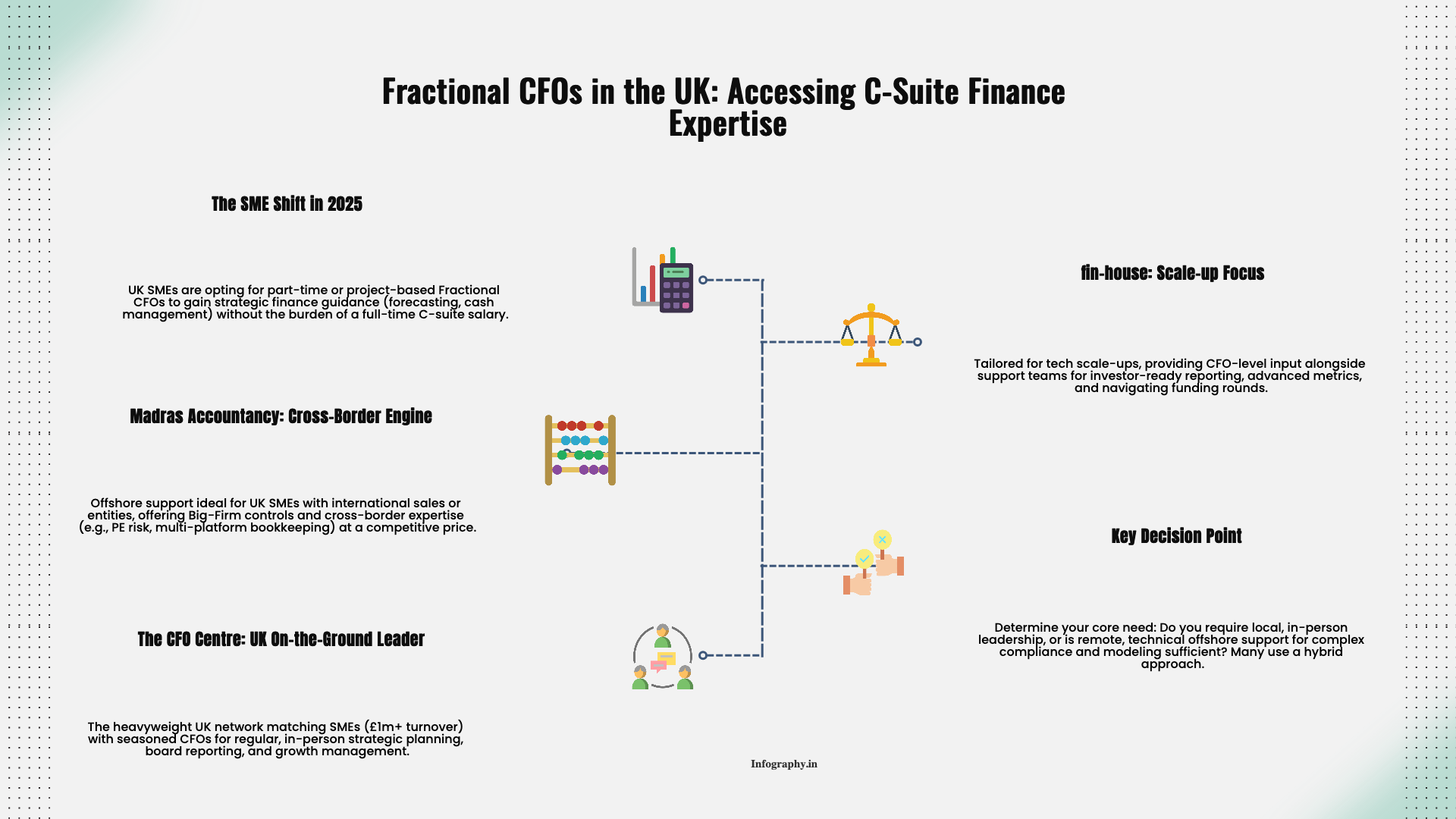Flipping and holding rentals both involve real estate, but the tax code views them as different activities. Flips look more like an active business selling inventory. Long-term rentals look more like investments generating income and depreciation.
Mixing these categories on your tax return—intentionally or otherwise—can lead to higher tax than necessary or unpleasant surprises in an audit. Understanding where each strategy sits in the rules helps you structure deals and entities more thoughtfully.
When you buy property primarily to renovate and resell in a relatively short time, the IRS is likely to treat you as a dealer for those activities. Dealer property is closer to inventory than to an investment.
Key consequences include:
This does not make flipping unattractive, but it does mean that repeated, short-term buy-renovate-sell cycles sit in a different part of the tax code than a buy-and-hold strategy.
Properties held for rental income over longer periods are usually treated as investment or business property, not inventory. That classification brings several benefits:
These differences explain why some investors prefer to separate their flipping and rental operations into distinct entities or structures, to keep the lines clearer.
Intent matters. If you buy a property planning to rent it but sell earlier than expected because circumstances change, that does not automatically convert the property into dealer inventory. On the other hand, a pattern of repeatedly buying, lightly improving, and quickly selling may push the activity toward dealer treatment even if you call yourself a landlord.
Documentation can help here:
While documentation is not a guarantee, it provides context if questions arise later.
Because flips and rentals are taxed differently, some investors choose to separate them structurally:
This approach can:
Any structure change should be evaluated with both legal and tax advisors, as transfers between entities can themselves trigger tax events if not handled carefully.
Long-term rentals may qualify for like-kind exchanges under Section 1031, allowing you to defer gain into new investment properties. Dealer property used for flipping generally does not. Attempting to run flips through 1031 structures can invite scrutiny.
For rental properties:
For flip properties:
Matching techniques to the correct category avoids building strategies on assumptions that do not fit the underlying rules.
The point of understanding the flip-versus-rental distinction is not to complicate your business for its own sake. It is to align how you operate, how you structure entities, and how you report activity.
If you treat long-term rentals like a business that builds equity and generates cash flow, it makes sense to preserve their access to depreciation, capital gains treatment, and exchange options. If you pursue flips as a way to generate active income, it makes sense to house them in a structure designed for that role, with clear expectations about tax.
Clarity up front makes it easier to explain your approach to lenders, partners, and the IRS—and to compare strategies based on what they really deliver after tax, not just before. For more on choosing real estate investment structures and real estate bookkeeping, see our guides.
.png)
December 9, 2025
A straight-talking overview of five small business tax prep options in 2025, including Madras Accountancy, TurboTax, H&R Block, TaxSlayer, and Bench’s books-plus-tax model.

December 9, 2025
An on-the-ground guide to the UK’s fractional CFO ecosystem – London and beyond – including The CFO Centre, fin-house, FD Capital, BKL, BSmart, and how Madras Accountancy fits into cross-border and hybrid models.